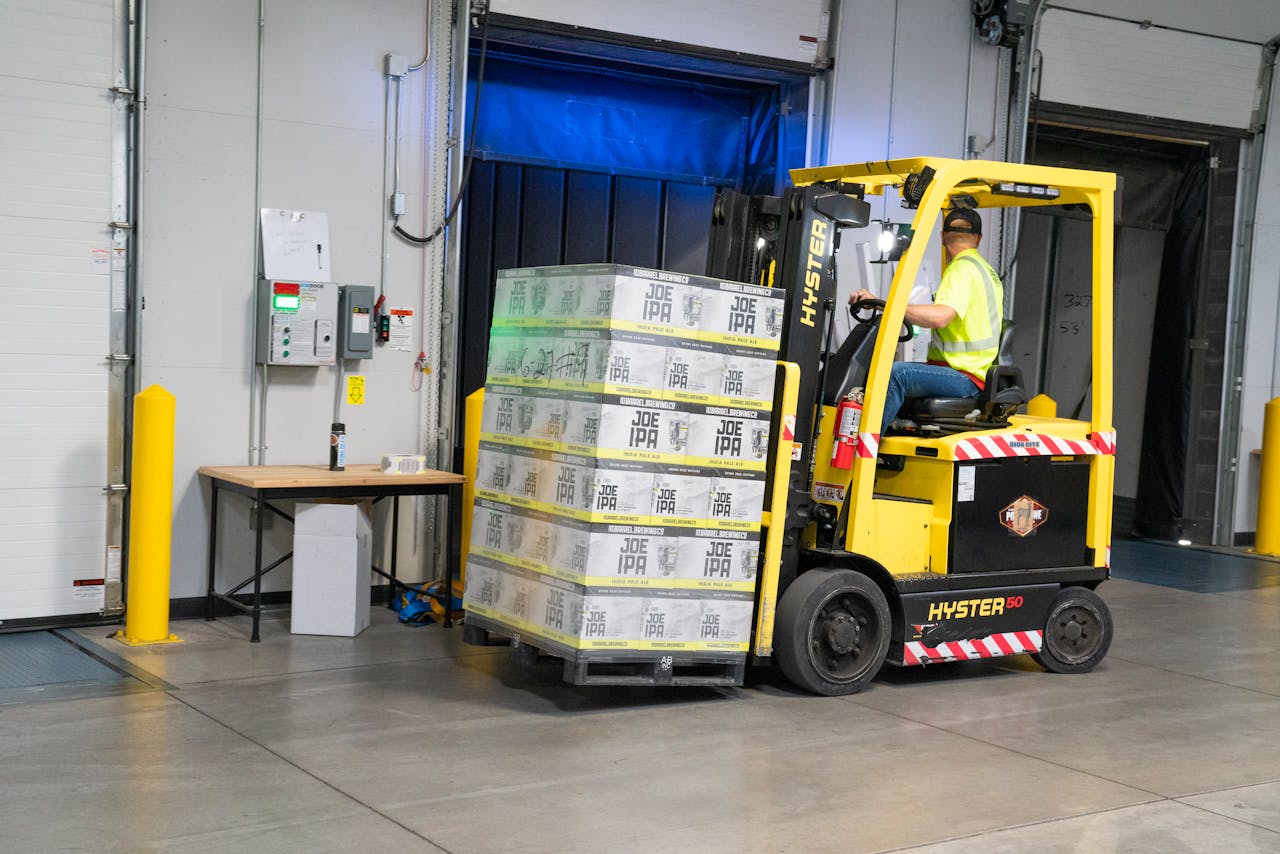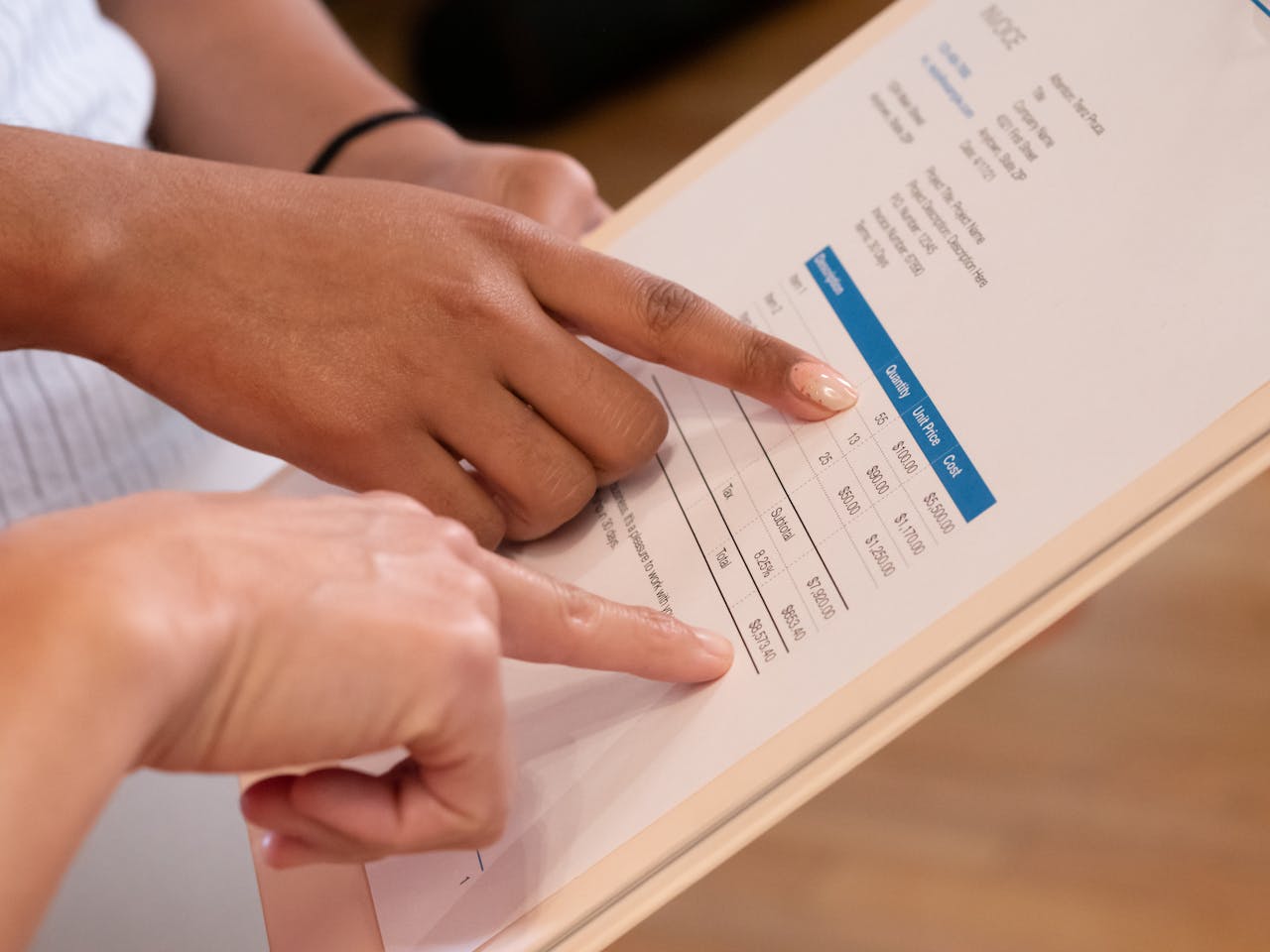Shipping plays a big role in how customers feel about your business; it’s just as important as the product itself. If shipping is slow or too expensive, people might hesitate to buy, no matter how great your offer is. That’s why it’s important to find a balance: keep shipping fast and affordable without eating into your profits.
By setting smart, clear shipping policies, you can manage your costs while still delivering a great experience. When customers know what to expect and their orders arrive on time, it builds trust and keeps them coming back.
How to Calculate Shipping Costs

1. Speed of Delivery
The faster you want a package delivered, the more it’ll cost. Options like overnight or express shipping are great for urgency, but they’re more expensive than regular ground delivery. Choose based on what your customers expect and what your budget allows.
2. Value of the Package
If you’re shipping something valuable or fragile, it’s smart to add insurance. It costs a little extra, but it gives both you and your customer peace of mind in case anything gets lost or damaged.
3. Distance the Package Travels
The farther your package has to go, the more you’ll pay. Long-distance deliveries use more fuel and require more handling, especially if you’re also using a fast shipping method.
4. Weight of the Shipment
Heavier items naturally cost more to ship. Carriers partly base their rates on weight since heavier shipments need more effort (and fuel) to move. Even a few extra pounds can make a difference.
5. Dimensions of the Package
Big doesn’t always mean heavy. Even lightweight packages can get pricey if they’re bulky. Most carriers use dimensional pricing, which means size can matter just as much as weight.
6. Extra Charges and Contingencies
Sometimes, unexpected costs pop up, like customs duties, taxes, or delays due to weather or strikes. Especially with international shipping, it helps to leave a little wiggle room in your budget for these kinds of situations.
How to Calculate Shipping Costs with ShipWithMina

If you're using ShipWithMina, their online tools and strategies are designed to give you smart, accurate shipping estimates and help you avoid extra charges.
1. Use Mina’s Dim‑Weight Calculator
ShipWithMina offers a built‑in Dimensional Weight Calculator that shows how carriers charge based on bulkiness—not just weight. For example, if your package is 10″ × 10″ × 10″, FedEx’s formula would divide by 139, making the DIM weight 7 lb—so you'd be charged as if it weighed 8 lb .
Why that matters: High-volume partners like Mina get better DIM factors than retail customers, minimizing the chances of paying for "air" inside boxes, so you save money on bulky shipments.
2. Packaging Consultation
Once you plug in your package dimensions, Mina reviews your setup and suggests changes, like switching box sizes or mailers, to reduce DIM weight charges . Instead of letting carriers penalize you for empty space, Mina tackles the problem before labels are printed.
3. Transparent Savings from Volume
ShipWithMina ships large volumes for many brands, so they negotiate lower DIM factors and bulk rates. That means your calculator‑shown price usually undercuts standard retail rates .
4. Clear Forecasting
When you input your order details, weight, dimensions, and destination, the calculator gives you a breakdown: base rate, any DIM adjustment, and final cost. You'll also see how changes in speed or packaging affect the price.
5. Strategy on Oversized or Heavy Items
For larger shipments, ShipWithMina shifts to LTL (Less‑Than‑Truckload) shipping and handles related fees like lift gates or pallet services, offering a single quote that includes all those extras
Calculating Shipping Costs with Carrier Tools
If you want to avoid guesswork and make sure you're charging the right amount for shipping, online calculators are a helpful place to start. Most major carriers offer free estimation tools, but they all work a little differently.
Here’s a quick breakdown of how to use them:
1. ShipWithMina Dim‑Weight Savings
ShipWithMina helps you avoid surprise costs from dimensional (DIM) weight charges—those fees carriers charge when packages are bulky but light. Because ShipWithMina ships massive volumes, they negotiate better DIM rate factors and help you pack smarter. That means less overpaying for “air” in your shipments
Plus, they review your packaging style and suggest improvements based on your specific product dimensions and weight, so you avoid getting charged extra just because of bulky packaging
2. UPS Cost Estimator
This tool is great if you already know your package details. Just enter the exact weight and dimensions, and UPS will calculate rates based on your chosen delivery speed and location. It's detailed, so you’ll get more accurate results if you have your measurements ready.
3. USPS Pricing Guide
USPS keeps things simple. You can get an estimate by just plugging in your destination ZIP code. Choose from flat-rate boxes or enter custom package sizes. It’s straightforward and perfect if you’re looking for a quick ballpark figure.
4. FedEx Rate Checker
FedEx's tool asks for a few things—package weight, dimensions, packaging type, destination, and shipping date. In return, you get rate options based on how fast you want the delivery. It's ideal for comparing speed versus cost.
5. DHL Quote Request
Unlike others, DHL doesn’t give you instant numbers. Instead, you fill out a quick form and they’ll email you a custom quote. It takes a bit longer, but it’s useful for international or bulk shipments that need a tailored approach.
Selecting Shipping Methods

1. Complimentary Shipping
Free shipping is one of the easiest ways to make customers hit “buy.” It removes that final extra cost at checkout, which can often be a dealbreaker. If covering the full cost isn’t sustainable, set a minimum spend—like “free shipping on orders over $50.” It encourages bigger purchases and keeps your margins in check.
2. Live Carrier Pricing
Nobody likes guessing how much shipping will cost. With live carrier rates from services like shipwithmina, USPS, UPS, or Canada Post, your customers see real-time prices based on their location and delivery speed. This gives them more control and trust—and it helps you avoid undercharging or overcharging.
3. Fixed Price Shipping
Flat rates are a great option when your products are similar in size and weight. It makes shipping costs predictable for both you and your customers. Just be careful if you sell a variety of items; charging one flat fee might mean losing money on heavy packages or overcharging for smaller ones.
4. Nearby Delivery Services
If you serve a specific area, local delivery can set you apart. It’s fast, convenient, and personal. You can use your own team or partner with a local courier, and even offer perks like free delivery on larger orders. Just make sure to clearly define your delivery zone, by distance or ZIP code, so it only shows up for eligible shoppers at checkout.
Create a Shipping Policy Page
It’s a good idea to have a dedicated shipping page on your site—and don’t forget to link it in your footer so customers can easily find it. On this page, break down the basics: how long orders usually take to arrive, the shipping options you offer, and whether you provide tracking numbers. Be upfront about your returns and refund process, too.
If you ship internationally, mention that clearly and include any important notes about customs, delays, or extra fees. It also helps to guide customers on what to do if their order gets lost or shows up damaged. Having all this info in one place saves you from getting flooded with support questions and shows customers you’ve got their back.
Additional Shipping-Related Costs to Consider
When you're figuring out your shipping budget, remember, it’s more than just the delivery fee. Packaging supplies like boxes, bubble wrap, tape, and labels can really add up, especially if you're shipping a lot. Buying these in bulk usually helps cut down the cost.
Thinking of adding a thank-you card, flyer, or little freebie? That’s a great way to make the unboxing experience feel special, but just know it can increase the package weight or size, which affects your shipping fees. It's a good idea to test a few different packaging options to find the right balance between customer delight and cost.
And don’t forget fuel surcharges. These are extra fees carriers add when fuel prices go up, and they tend to spike during busy seasons. They’re easy to overlook but can seriously impact your overall budget if you’re not tracking them.
Integrate Shipping Costs into Your Pricing

1. Offering no-cost Shipping to Customers
Shoppers love seeing “Free Shipping” at checkout—it removes hesitation and can boost conversions. But you’ll still need to cover that cost somehow. You can choose to absorb it or quietly build it into your product pricing. Either way, make sure your profit margins still make sense.
2. Free Shipping with a Purchase Minimum
This one’s a win-win. Set a minimum order amount—say, “Free shipping when you spend $50”—and customers will often toss in an extra item just to avoid paying for delivery. You’ll still cover the shipping fee, but you get a bigger sale out of it, which helps offset the cost.
3. Including Shipping Fees in Product Prices
Another option is to bake the shipping cost right into the product price. If shipping usually costs you $3 and your item sells for $15.99, raising the price to $18.99 could do the trick. It’s simple and works well when you’re sending out multiple items in one box, sometimes even leaving you with a little extra margin.
Pros of built-in shipping costs:
- You get predictable recovery of your shipping expenses
- Bundled orders might bring in a bit of extra profit
Cons to consider:
- Higher upfront prices might turn away budget-conscious shoppers
- Sales and discounts can cut into the cushion you’ve built for shipping
Many small businesses mix and match these strategies. You might include shipping in the product price for lower-cost items and offer free shipping on bigger orders. It’s all about finding the balance that keeps customers happy—and your numbers healthy.
Test and Adjust Your Shipping Strategy

1. Analyze Your Shipping Expenses in Detail
Start by breaking down where your money is going. Are you paying more because your products ship from too far away? Using a closer fulfillment center might cut those costs and even reduce your carbon footprint. Check the size and weight of your packages too. Sometimes, just switching to a smaller or lighter box can save you a decent amount without risking product damage. Also, ask your carrier about volume discounts. The more you ship, the better rates you might get. Don’t forget the packaging materials either; lighter options can help lower costs without sacrificing quality.
2. Gather Insights from Customer Opinions
Your customers’ feedback can tell you a lot. Ask them (nicely!) about their shipping experience. Was it fast enough? Were items packaged well? If something went wrong, offering a little gesture, like free shipping on their next order or store credit, can go a long way in keeping them happy. Even if you lose a sale, the feedback helps you prevent it from happening again.
3. Adjust Your Shipping Plan Using Data Trends
Look at the numbers. Are you seeing a lot of complaints about late deliveries? Maybe it’s time to rethink your shipping timelines or upgrade your delivery options. If you notice that certain products ship more often, you could standardise the box sizes for those to make packing easier and more consistent. The goal is to keep improving based on what your data and customers are telling you, so your shipping keeps getting smoother and more cost-effective.
4. Fine-tune Your Shipping Process
Set clear shipping rules early on, based on what you’re selling and how much you can afford to spend. This way, you won’t have to scramble every time a new order comes in. At the same time, stay flexible. Pay attention to the questions customers ask; they often highlight things you might’ve missed. Each message or complaint is a chance to fix something now and improve things going forward. Regularly tweaking your shipping setup helps you stay efficient while still keeping your customers happy.
Frequently Asked Questions

1. How can I monitor my order status?
Once your order is confirmed, you’ll usually get a tracking number via email. You can use this number to check the shipping carrier’s site (like shipwithmina, UPS, DHL, etc.) or the order status page to see where your package is and when to expect it. Some services even send automatic updates, so you won’t have to keep checking manually. If you’re not seeing updates or something feels off, don’t stress—just reach out to customer support and they’ll help sort it out.
2. What is the process for returns or getting a refund?
Not happy with your order or got the wrong item? It happens. The first step is to check the store’s return policy, It’ll explain what can be returned, how long you have, and who covers the return shipping. Most stores ask you to request a return, repackage the item, and send it back with a prepaid return label. Common carriers like USPS and FedEx usually handle returns smoothly. Just keep your receipts in case you need to follow up.
3. Are packages covered by insurance?
Some shipments come with built-in insurance, especially if you picked a premium shipping option. Others might charge a small fee if you want to add insurance for extra peace of mind. If something goes wrong, like your package gets lost or damaged, you or the seller can usually file a claim to recover the value. Hang onto your tracking number and any shipping documents just in case.
4. What should I do if my order arrives late?
Delays can happen, especially around holidays or due to bad weather. Start by checking the tracking info and see if the shipping method you chose comes with a delivery guarantee. It’s also worth reviewing the store’s late delivery policy—some may offer a refund, discount, or store credit if your order doesn’t arrive on time. If you’re unsure, customer service is your best bet for updates and solutions.
5. How do international shipments work?
Ordering from another country? Be sure to check if the store ships to your location and read up on any customs fees or taxes you might need to pay. Import duties are usually the customer’s responsibility unless it’s clearly stated otherwise. Delivery can take longer due to customs checks, so it’s smart to review international shipping info beforehand to avoid surprises.









